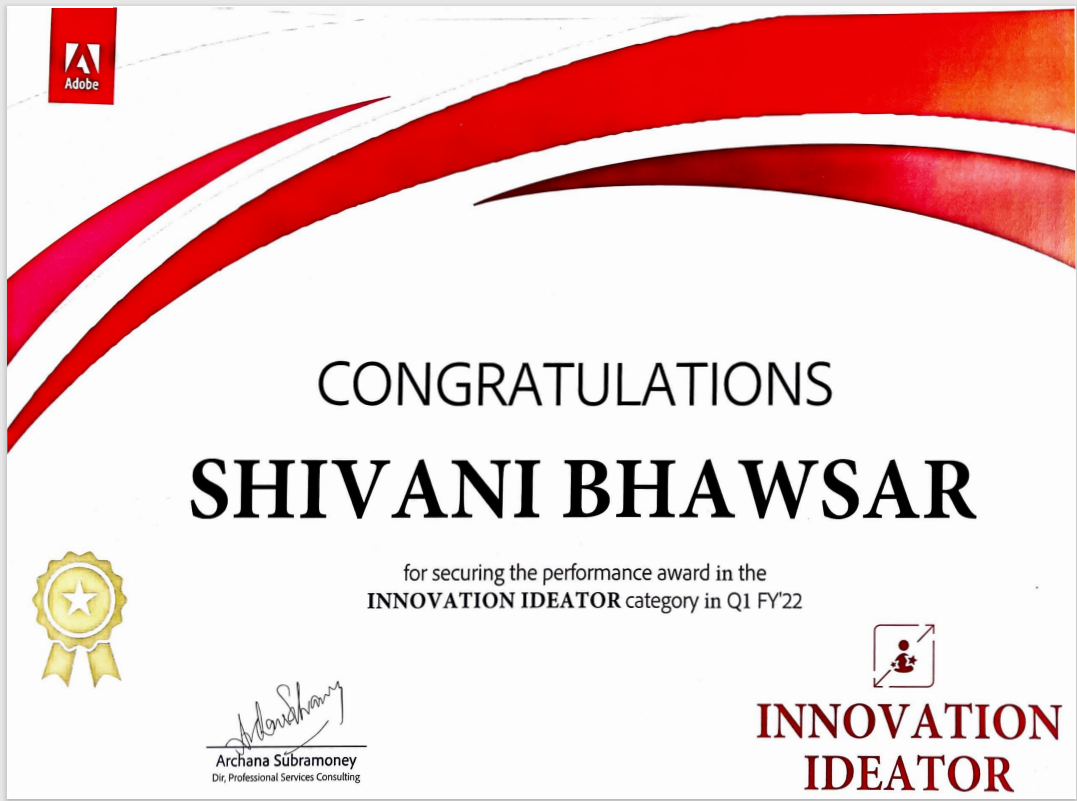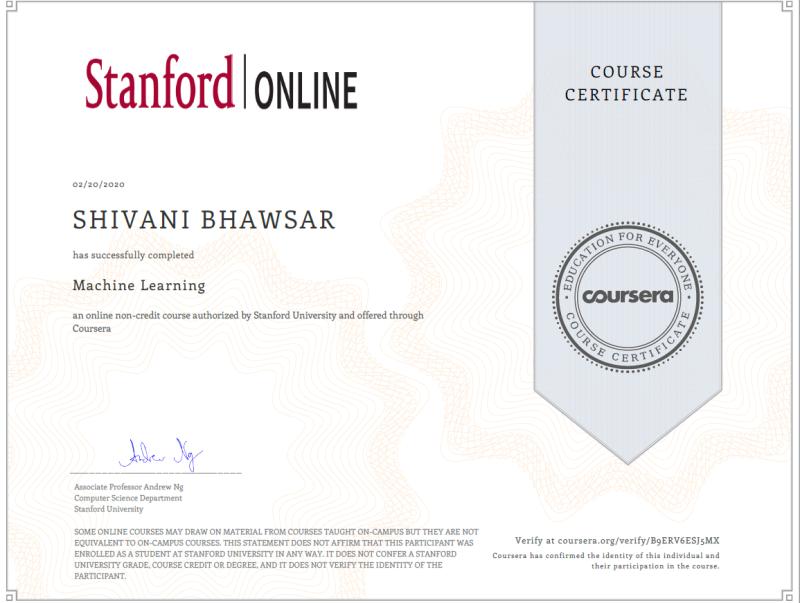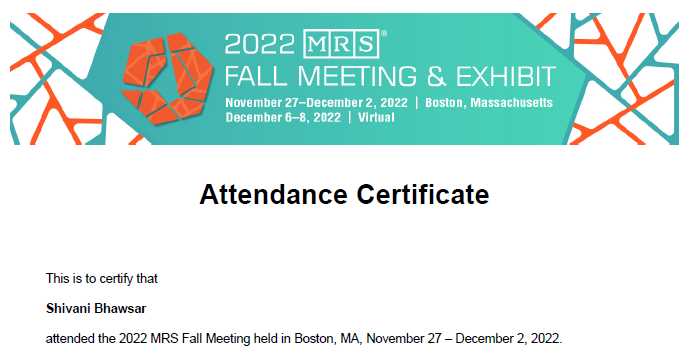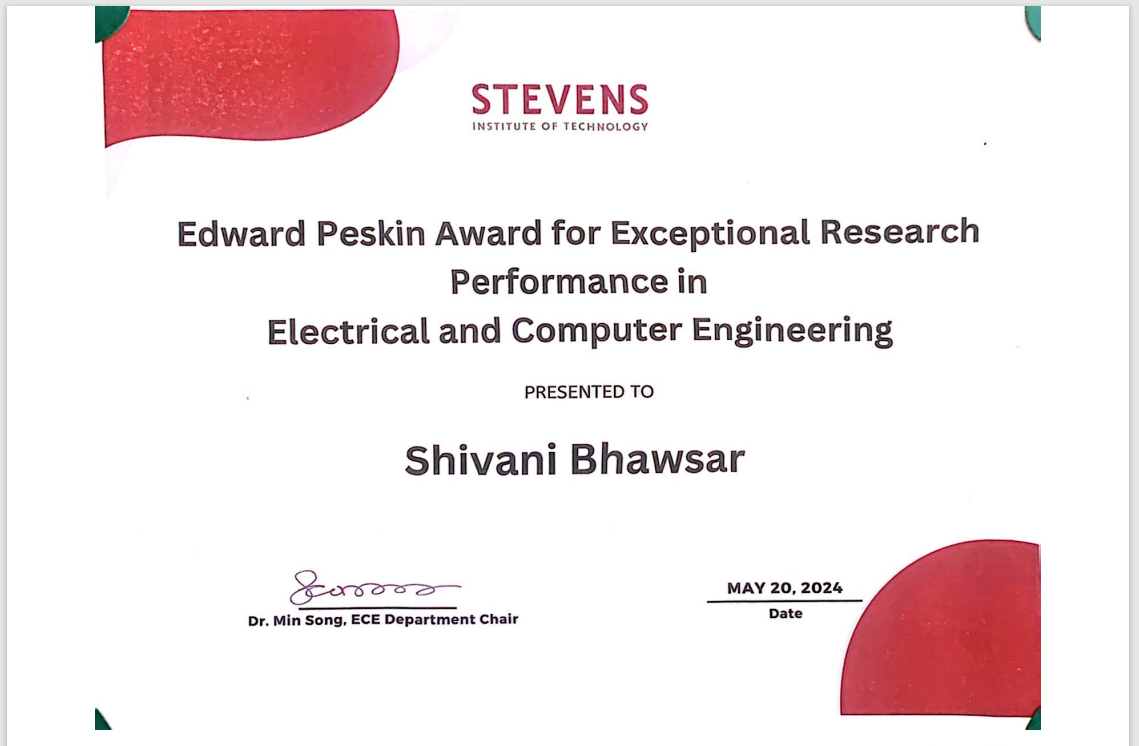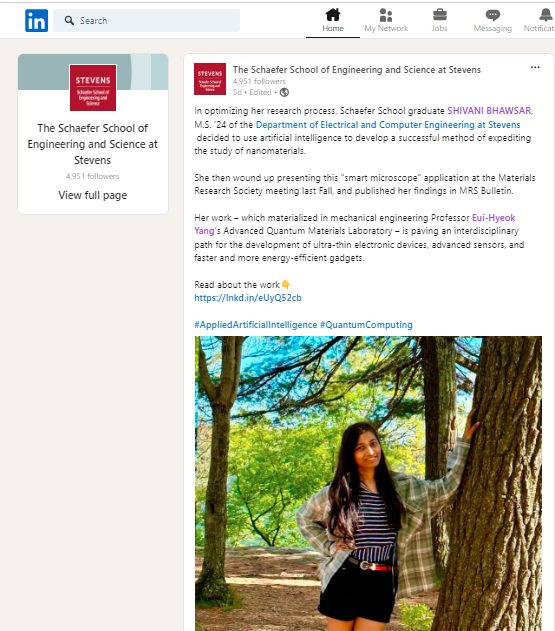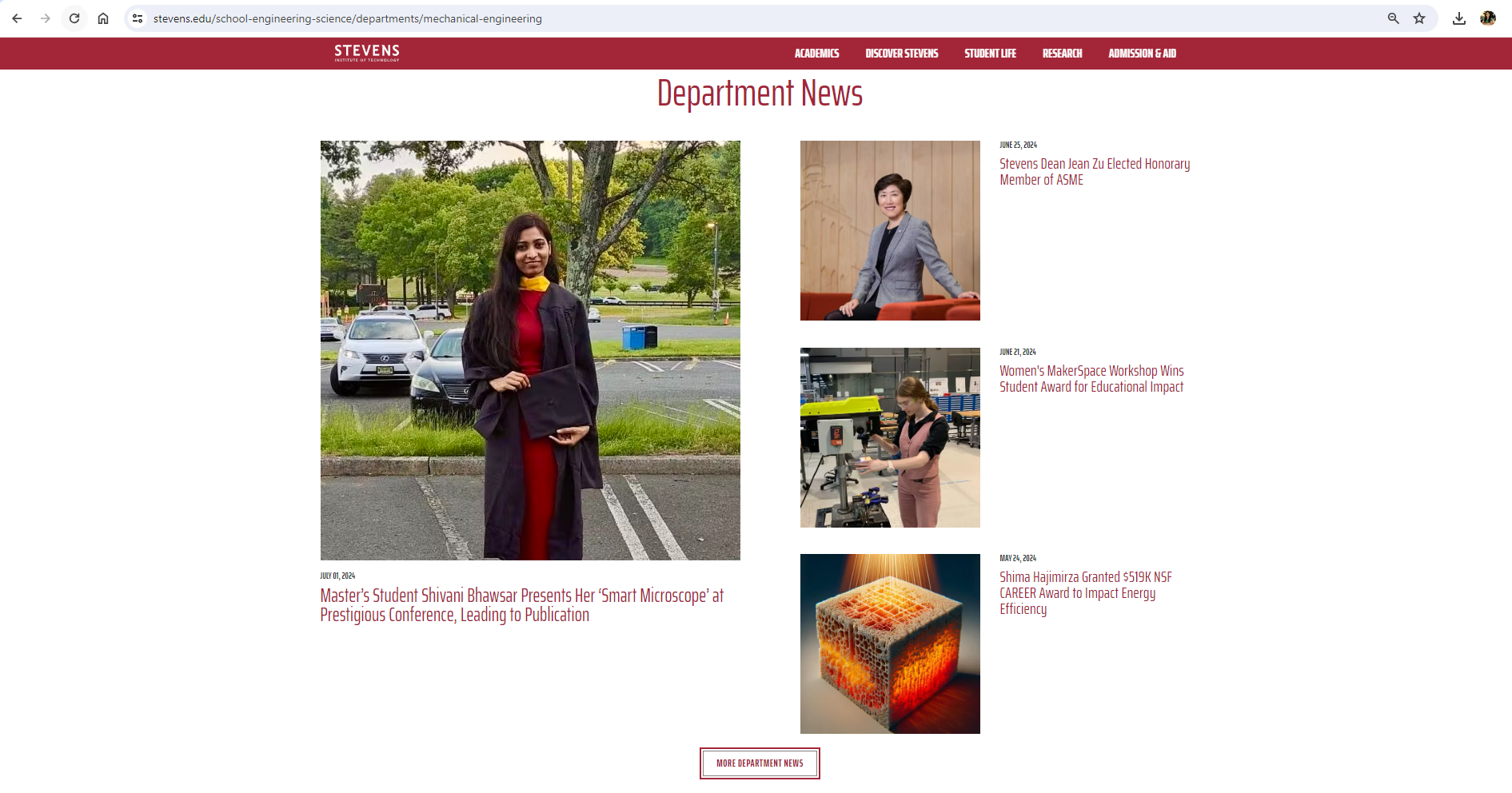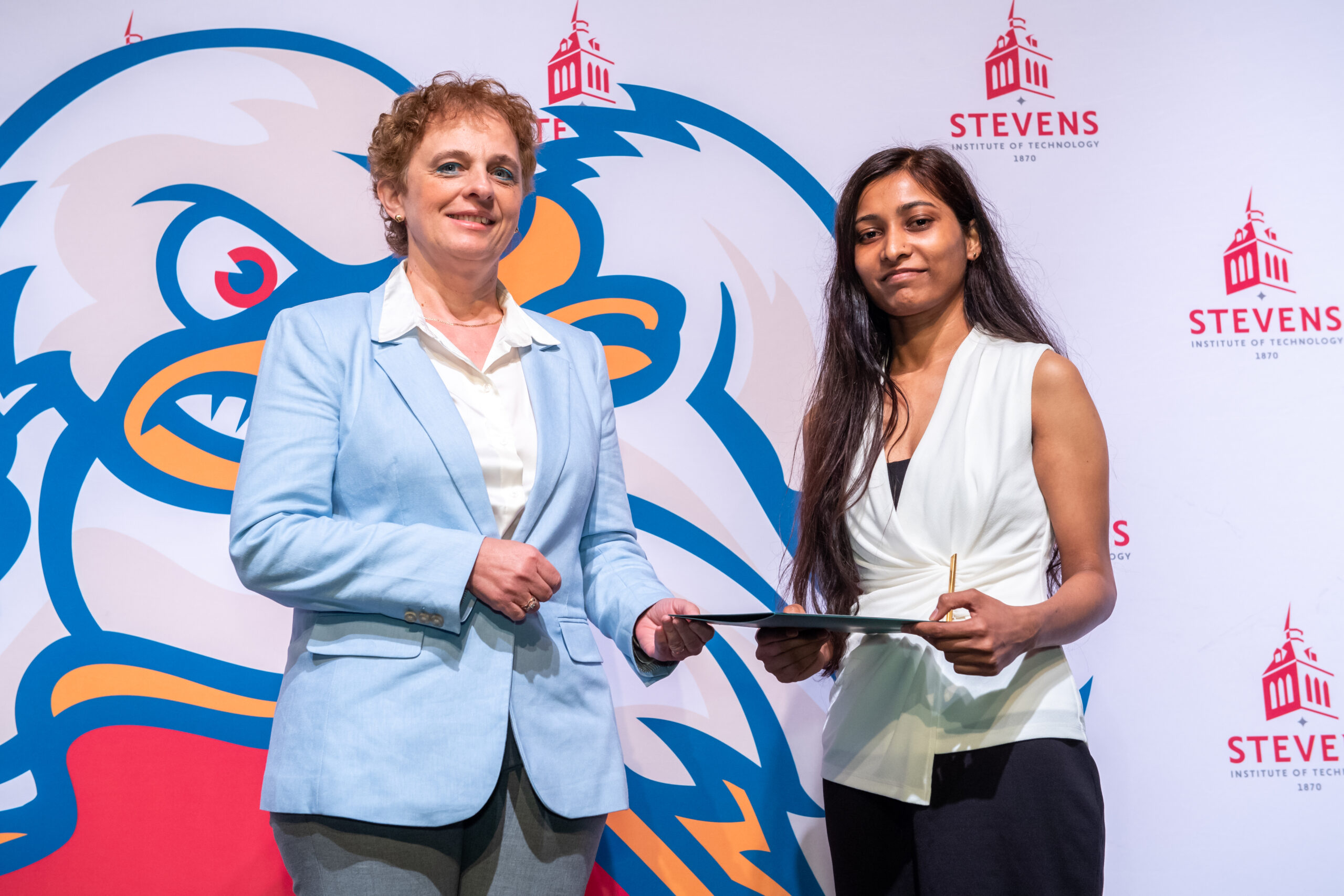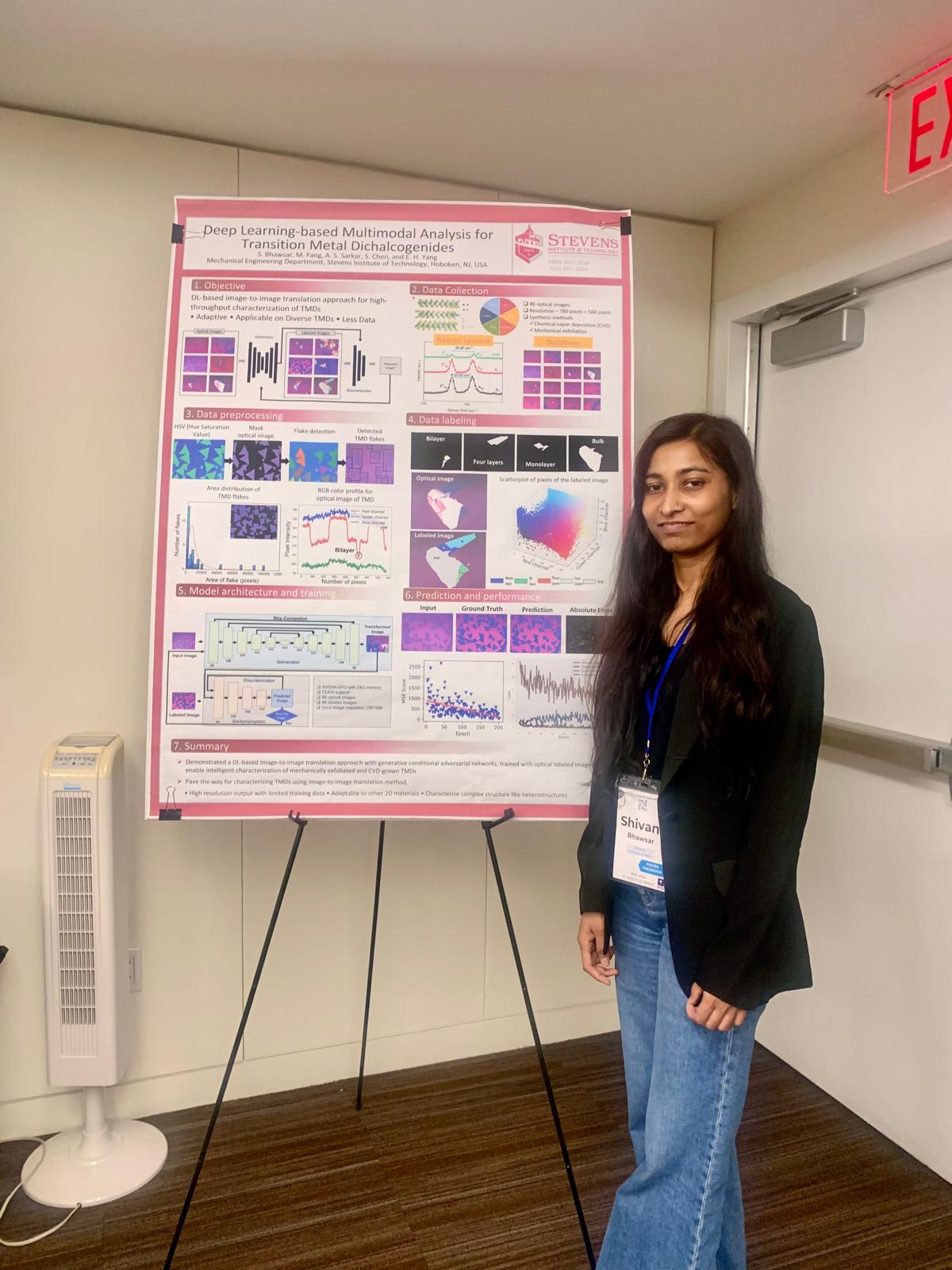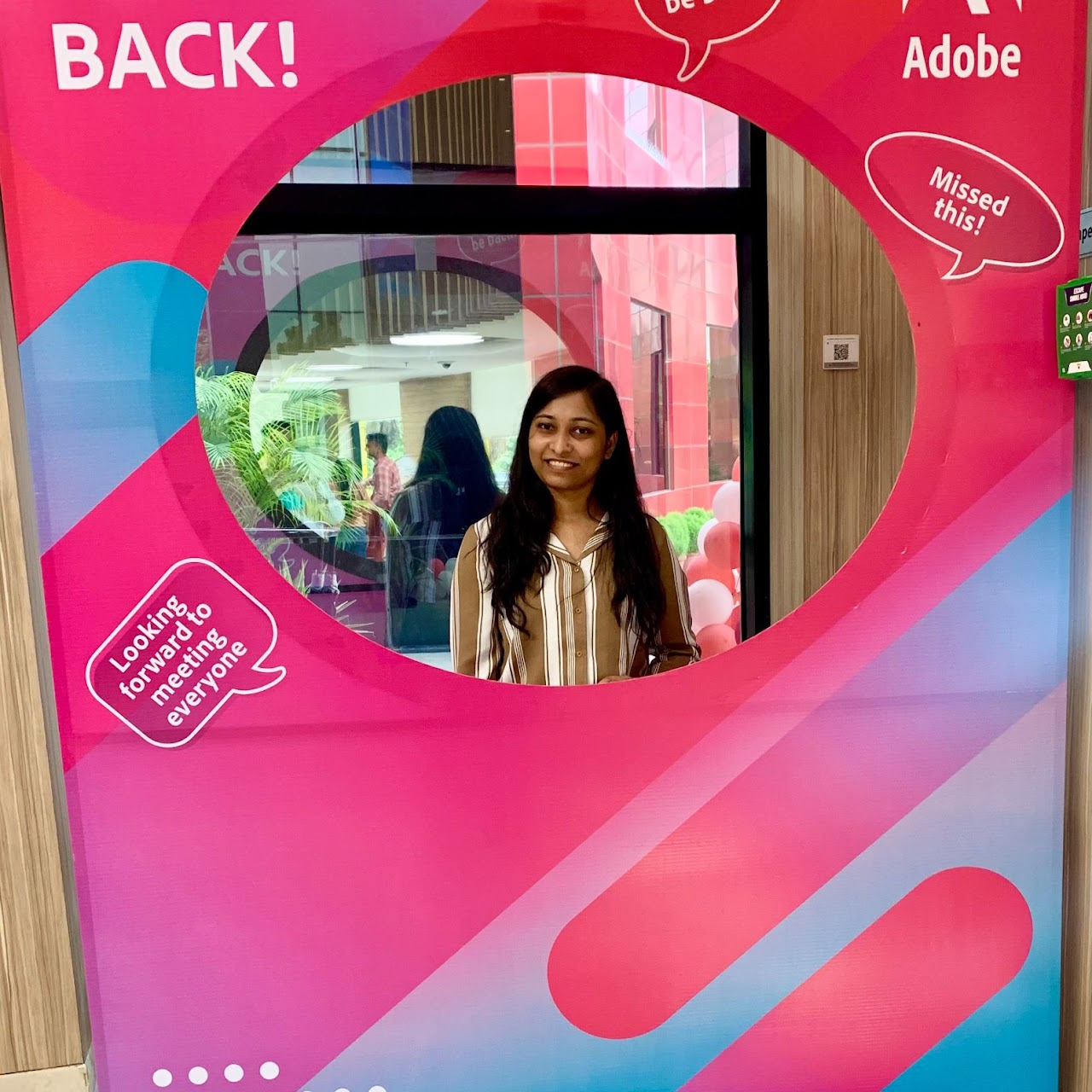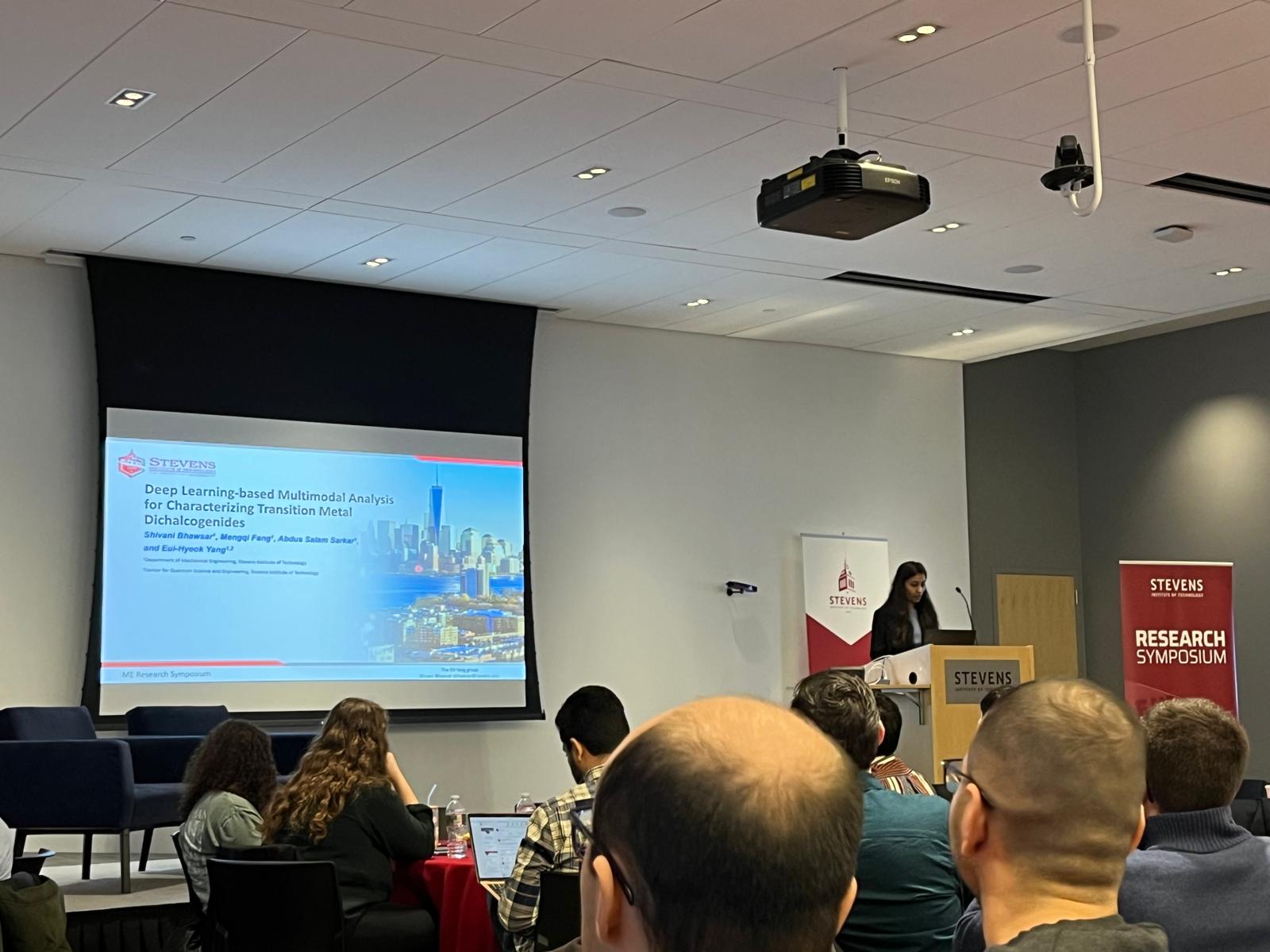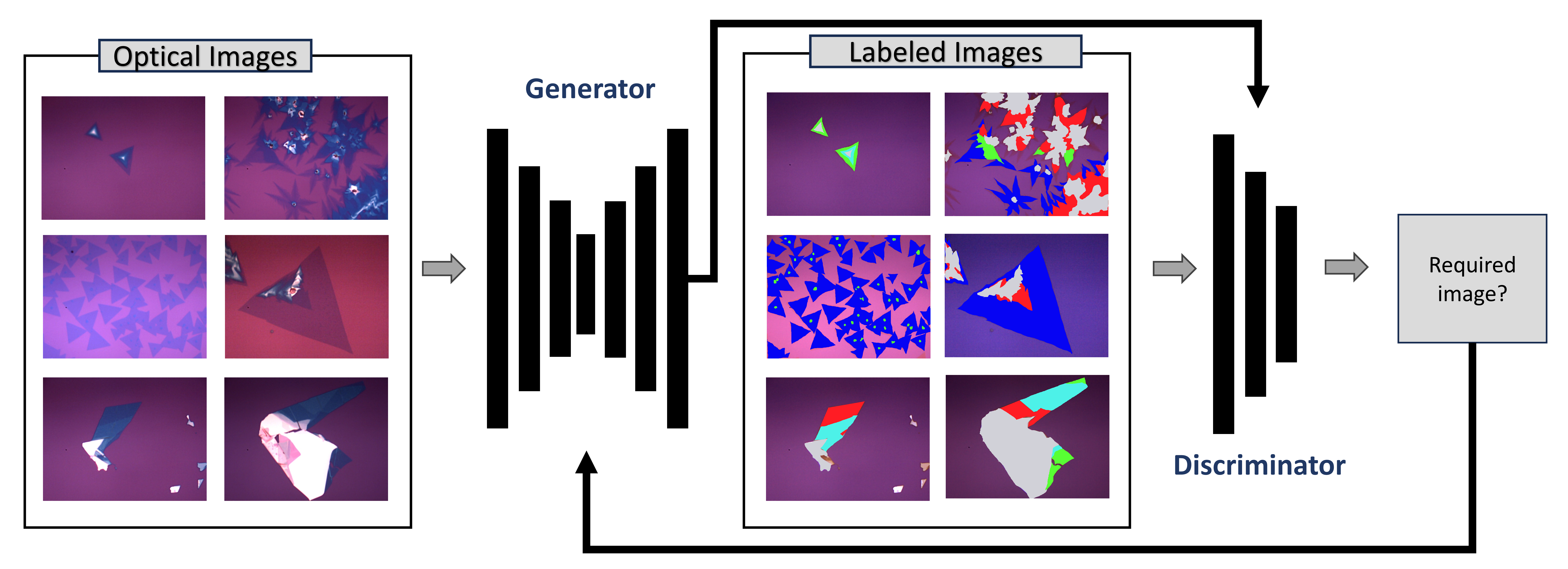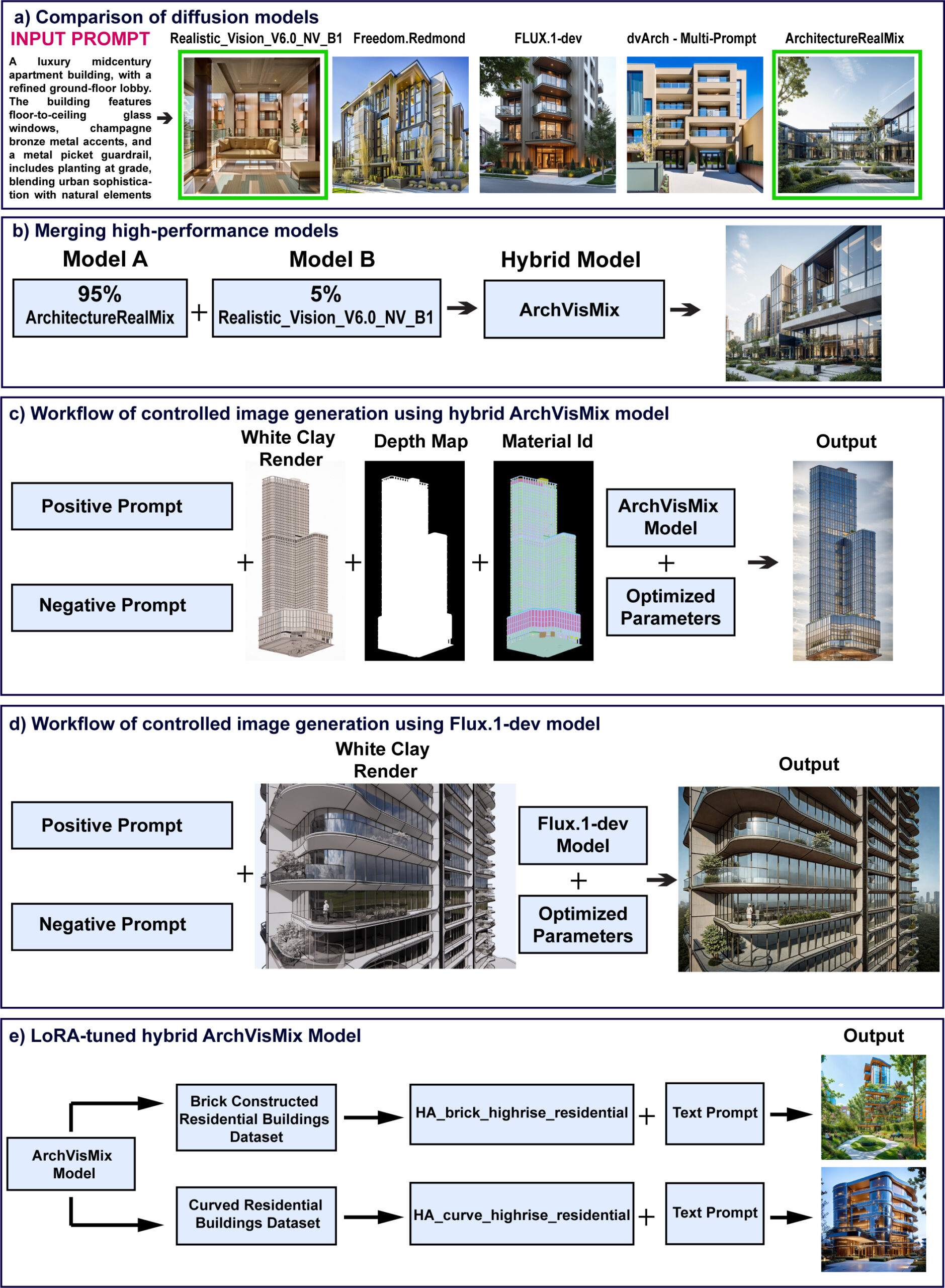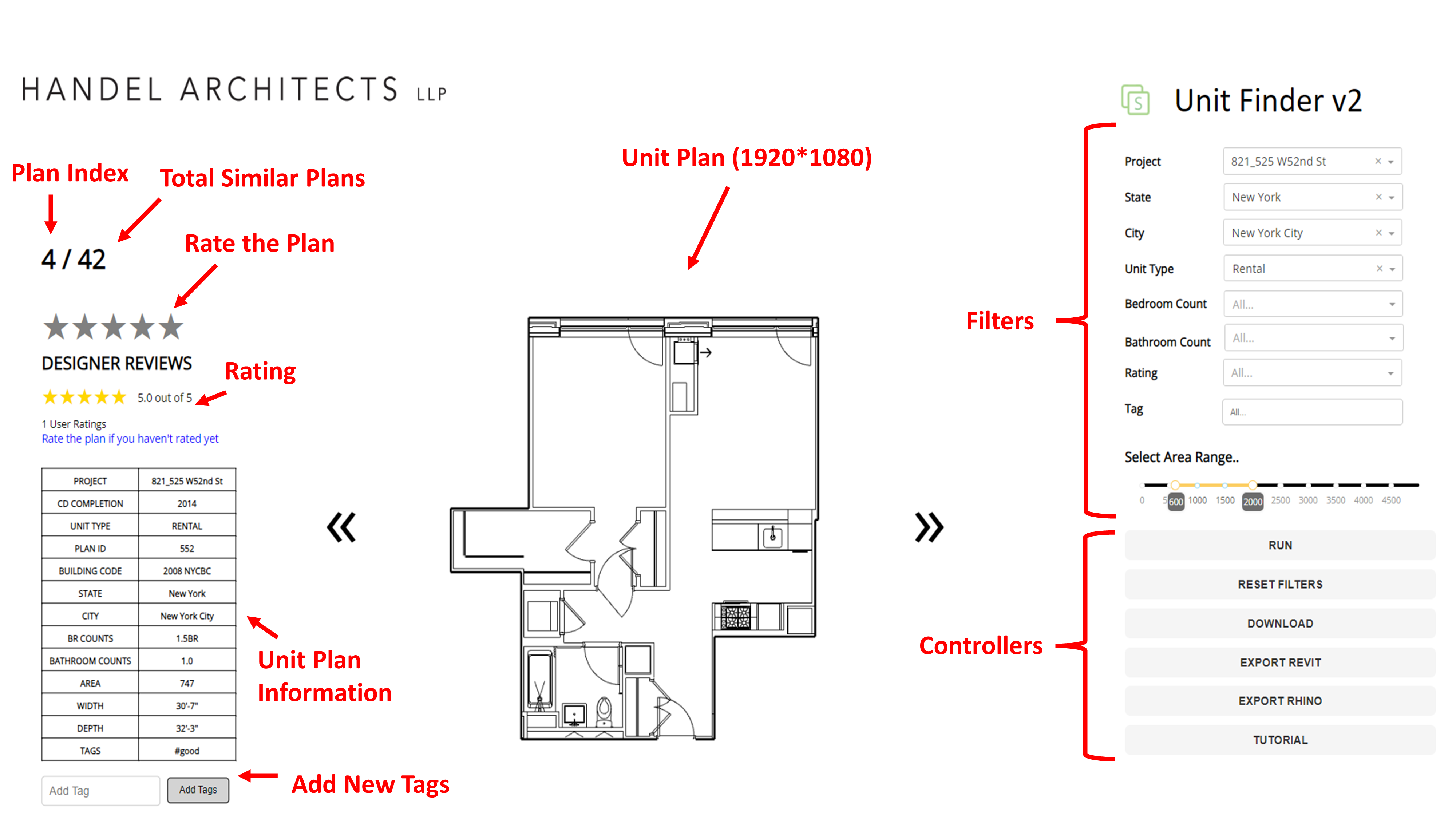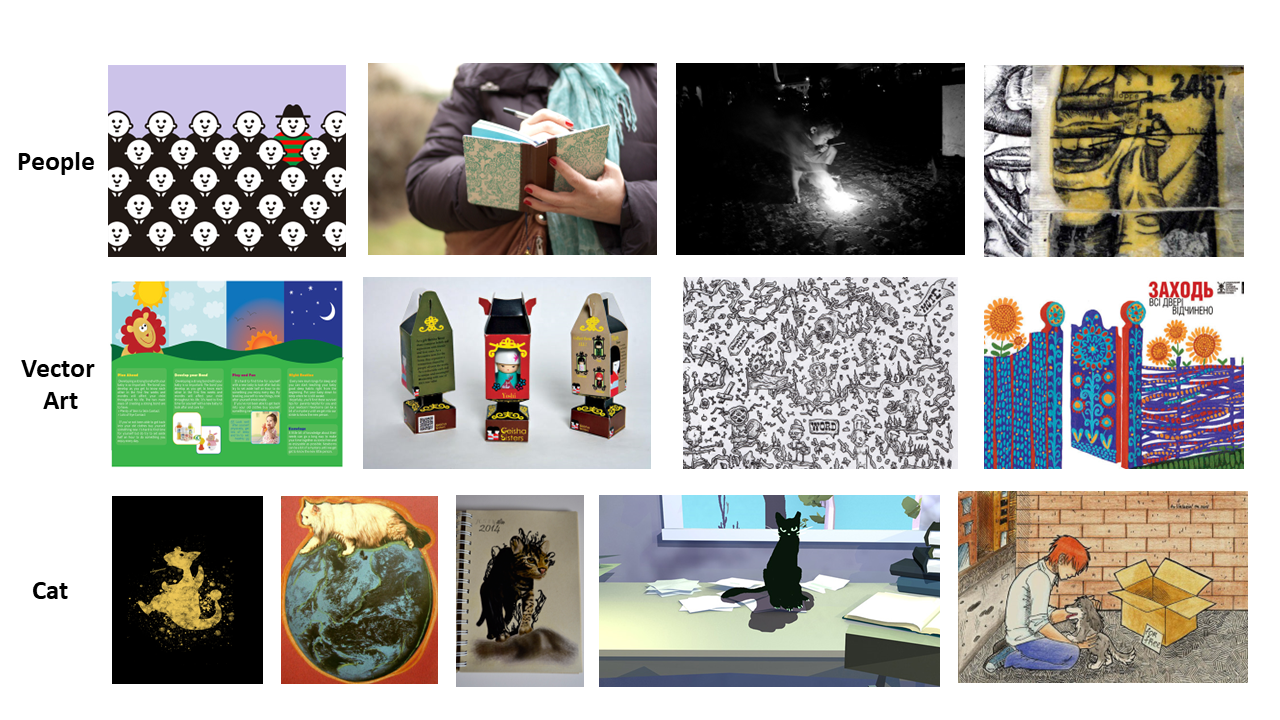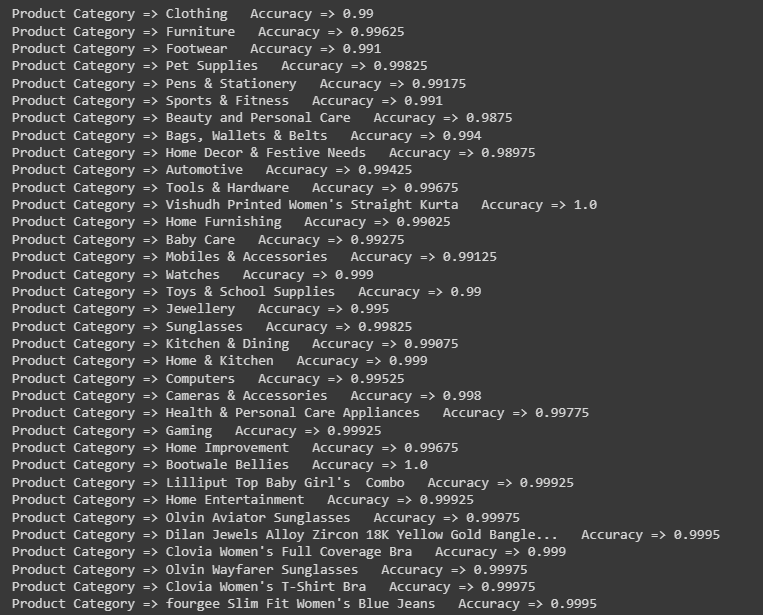Machine Learning Engineer specializing in AI-driven design automation, generative modeling, and scientific computing, with 6+ years of experience. Passionate about integrating AI with scientific computing, leveraging transformer architectures (BERT, GPT), diffusion models, graph neural networks (GNNs), and physics-informed neural networks (PINNs) to drive advancements in computational design, simulation-driven research, and scientific discovery. Experienced in optimizing deep learning pipelines for high-dimensional data, developing scalable AI-driven frameworks, and deploying machine learning models for predictive analysis in complex scientific domains.

Work Experience
Handel Architects, New York, New York
Machine Learning Engineer, May 2023 – Present
• Developed and deployed a generative pix2pixHD-based conditional Generative Adversarial Network (cGAN) model to create photorealistic interior design renderings for architectural floor plans, resulting in a 40% increase in client conversions and a 25% reduction in design iteration time.
• Achieved 95% speedup by adding python and Revit API based automated custom toolbar to be used by architects and designers in Autodesk Revit & Rhino.
• Developed a novel hybrid model, ArchVisMix and optimized diffusion models with ControlNet and LoRA for controlled architectural design visualizations.
• Developed a ML-based tool, Unit Finder, for efficient retrieval of similar architectural floor plans using spatial features integrated with modeling software.
Advanced Quantum Materials Laboratory, Hoboken, New Jersey
Visiting AI Researcher, Sep 2022 – Present
• Developed & deployed a generative deep learning based conditional GAN model for detection and characterization of quantum 2D materials.
• Conducting AI-driven research in the application of machine learning models for simulating quantum material behaviors.
• Collaborating with interdisciplinary teams to advance AI techniques in materials science, focusing on 2D materials and spintronics.
• Exploring the integration of AI with experimental data to bridge the gap between theory and practical application in quantum materials.
Adobe, Noida, Uttar Pradesh
Software Engineer, Jul 2021 – Aug 2022
• Led the architectural design for Adobe Experience Manager (AEM) bulk ingestion and automated email experience assembly model.
• Developed intelligent services aimed at optimizing the system for Creative Cloud Customers as part of Global Marketing & Strategy Team (GMS).
• Attained a remarkable 60% reduction in AEM email and content onboarding, streamlining processes effectively.
• Honored with the “Innovation Ideator” award for exceptional contributions to critical innovations within GMS.
Amdocs, Pune, Maharashtra
Software Engineer, Oct 2019 – Jun 2021
• Engineered a set of highly scalable and efficient microservices on the AWS platform, specifically catering to AT&T offers & plans.
• Utilized technologies such as Python, Spring Boot, Kafka, Docker, Kubernetes to enhance system performance, ensuring seamless delivery of services.
IBM, Mumbai, Maharashtra
Software Engineer, Mar 2018 – Sep 2019
• Improved data management processes used to orchestrate seamless system integration with machine learning models.
AI-Driven Innovations in Architecture
Diffusion Models for Controlled Architectural Image Generation


This project explores a novel hybrid diffusion model tailored for controlled architectural rendering. By integrating ControlNet with a hybrid ArchVisMix model, it ensures high-fidelity image generation of architectural elements. The framework optimizes architectural diffusion models by leveraging Flux model with ControlNet and LoRA training, enabling fine-tuned control over structural details.
More Detail
Unit Finder: ML-based Floor Plan Retrieval & Comparison


Unit Finder is a spatial feature-based unit plan retrieval system that identifies similar floor plans using boundaries, enclosures, and door locations. Integrated with architectural modeling software, it enables seamless data exchange through a user-friendly interface. The framework efficiently handles complex layouts with multiple enclosures and curves, ensuring adaptability across diverse architectural designs.

The Model Viewer application is a powerful visualization tool built on top of the Speckle platform, designed to enhance the management and interaction with architectural models. By leveraging Speckle’s robust framework, the app enables seamless integration with various CAD and BIM tools, providing a unified platform for visualizing, analyzing, and collaborating on complex architectural designs.
AI-Driven Innovations in Material Science








This research presents a smart AI-driven microscope system designed for the high-precision characterization of 2D materials, particularly transition-metal dichalcogenides (TMDs). This transformative system introduces a generative deep learning-based image-to-image translation method, enabling high-throughput and automated TMD characterization. By integrating deep learning algorithms, it can analyze and interpret data from multiple imaging and spectroscopic techniques, including optical microscopy, Raman spectroscopy, and photoluminescence spectroscopy, without the need for extensive manual analysis.
More Detail
Publications
Bhawsar, Shivani et al. AI-assisted Research for Transition Metal Dichalcogenides
Accepted Jenny Stanford Publishing (2025)
Bhawsar, Shivani. et al. Optimizing Diffusion Models for High-Fidelity Controlled Architectural Image Generation
Submitted (2025)
Bhawsar, Shivani. et al. Recent advances in ML and DL-enabled studies on transition metal dichalcogenides.
J. Phys. D: Appl. Phys. 58 073005 (2025)
Bhawsar, Shivani. et al. Deep learning-based multimodal analysis for transition-metal dichalcogenides.
MRS Bulletin 49, 1021–1031 (2024)
Bhawsar, Shivani. et al. Semantic Optimization for Fine-Tuned Image Tagging in Behance
Stevens Institute of Technology ProQuest Dissertations & Theses, 2023. 30695786






